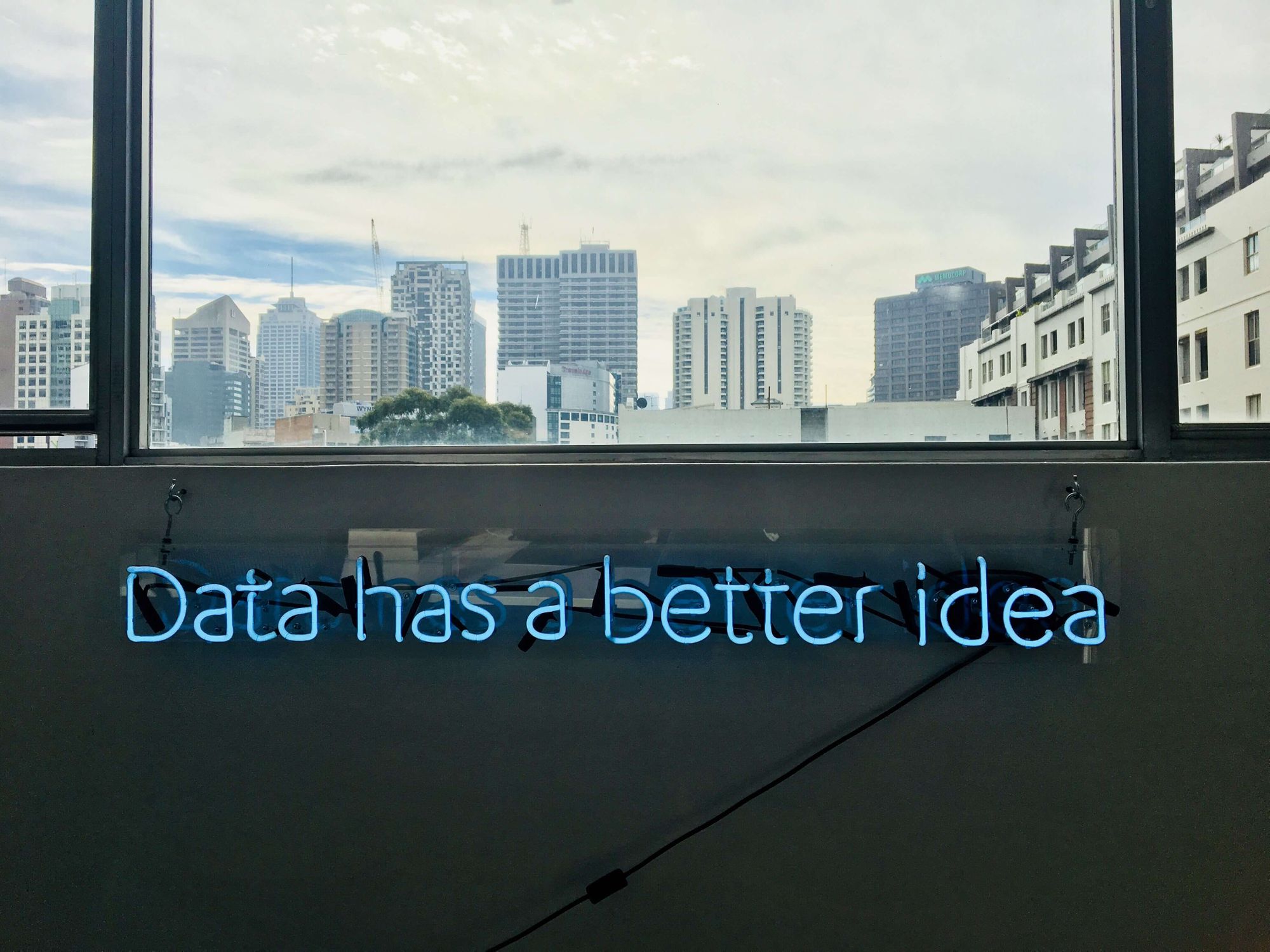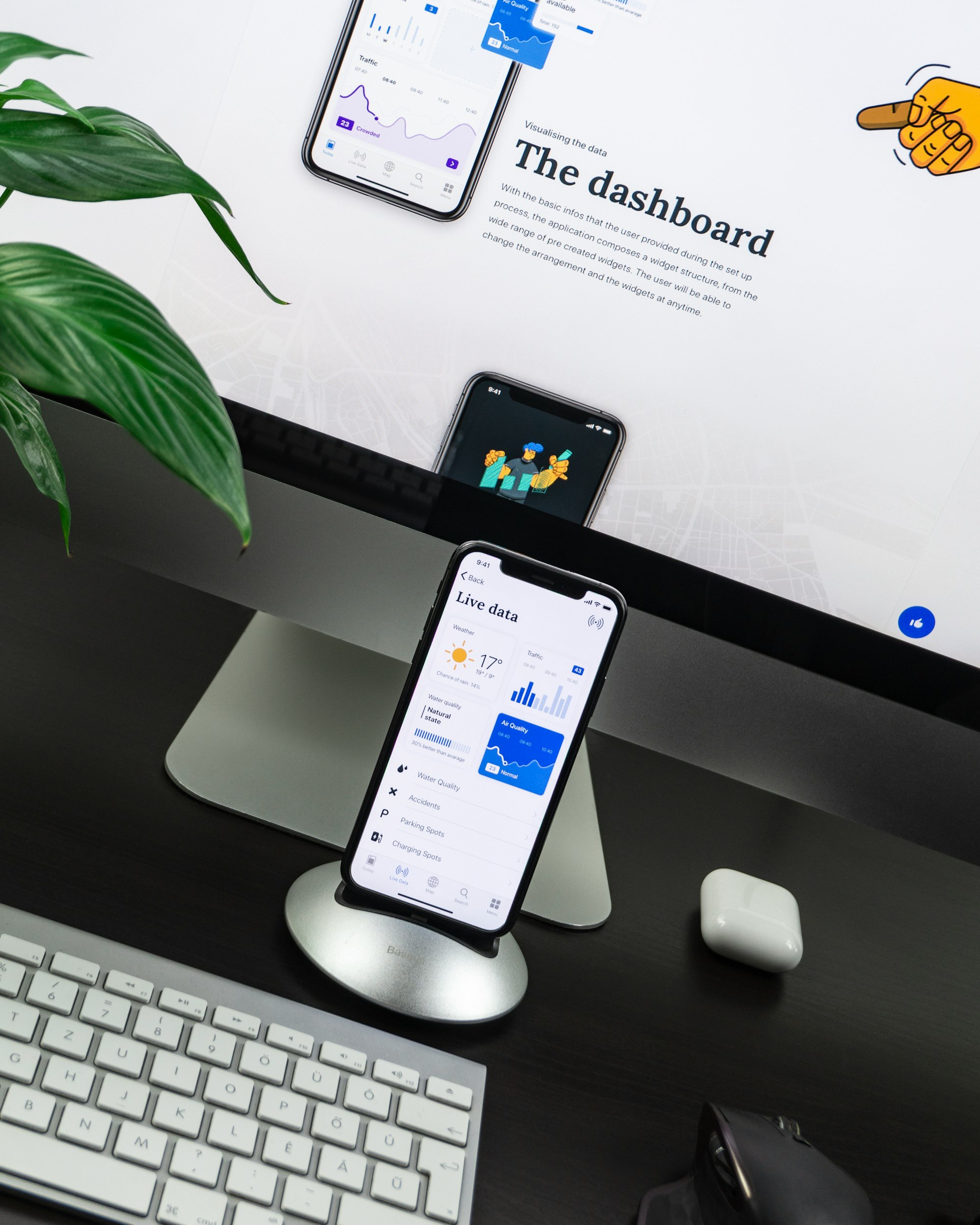Personalization is one of the main goals for marketers. 77% of marketers and sales professionals believe it builds better customer relationships, with 55% stating it increases conversion rates.
Personalizing your B2B marketing is pretty easy when you only have a few important customers you need to market towards. You can devote your time to creating marketing content that’s tailored directly towards each customer. You can craft the perfect email every time, bespoke and tailored towards their needs.
But what if you have loads of customers that are important (you lucky devil)? What if you don’t have the time or resources to devote to hand-crafting every single piece of marketing for each customer? What if it’s simply too tricky to keep track of what you’re different customers might be interested in and find valuable?
Well, it’s lucky we have several AI-driven technologies that can plug those gaps and give you the capability to provide personalized marketing to if not all, then the majority of your customers.
“But machines, creating personal experiences? How can that be?” we hear you cry. Well, read on because it turns out AI is truly the key to unlocking the curated, personal marketing experiences that B2B marketers have been their aim for years.
In this article, we’re going to take a look at the different applications for AI in SaaS in providing a personalized experience to your customers and why they would be beneficial to your relationship.

AI-driven marketing segmentation
The first, and perhaps the most significant effect of utilizing AI to personalize your marketing is how much easier it is to segment your customers and leads. Rather than relying on long-winded, human-error-prone processes of analyzing data, or even having to trust instincts and gut feeling, you can use AI to quickly analyze huge data sets. As well as segment customers and leads along as many types of frameworks and metrics as you desire.
Why is this important?
Segmentation is hugely beneficial to one of the cornerstones of B2B marketing: email.
Segmented emails can have over double the clicks of unsegmented ones and can increase your revenue from email by a whopping 760%.
Speaking of email…
Populate your emails with content
Email is one of the most important B2B channels. 59% of B2B marketers cite email marketing as their top revenue generation channel, and even when it’s not the top channel, it’s still popular: 81% of all B2B marketers utilize email marketing.
With something so important, the benefits you could get from AI will certainly be far-reaching.
You can use AI engines to make your regular email newsletters practically unique to each person, or at least to each segment. Rather than having to rely on instinct to work out what content or products your mailing list would be interested in, an AI can pull together a unique email based on different parameters.
These parameters could include:-
- Purchase history/product interest. If you have data on a customer’s prior purchases or what they’ve been browsing on your site, the AI engine could pull together a selection of content related to that product, as well as highlight related products for some good old cross/upselling.
- Content engagement. If someone in your mailing list has been consistently reading specific content topics, you can use an AI engine to make sure the emails they’re receiving have content that’s related to those topics.
You can easily set up a mixture of the two, or even introduce other parameters as long as you can provide the AI with the right data. AIs also tend to have pretty good memories (benefits of being a computer), so it can keep track of what content you’ve already sent, and make sure you’re not repeating yourself too often.
Think of it like the emails you receive from Amazon recommending new products. Do you think there’s a squad of poor marketing interns going through every single person’s purchase histories to put together those emails? Heck no, they’ve got an AI to do that (although the less said about how Amazon treats certain staff, the better).
You can also make sure the emails automatically personalize things within the email and subject line to include the right name and the company they work at.
This can all be extremely useful to your email marketing capabilities. Personalized subject lines increase open rates, click-through rates, customer satisfaction, and sales. 88% of people have said they’re more likely to respond favorably to emails that look like they were created specifically for them.

Personalized content recommendations
On average, B2B buyers read 13 pieces of related content along their journey towards making a purchase. That’s a whole lot of content.
Ideally, you’ll want each piece of content to contain links and recommendations to another piece of content. This can help you maintain control over the customer journey and how they progress through your site, with the aim to move them along your marketing funnel. By providing recommendations you’ll be able to curate the journey they take, and, at a more basic level, save them time having to search around your site for the content they might be interested in.
Now you can populate your content with links and recommendations yourself, deciding placements based on your gut instinct, or pore through customer data yourself to select the optimal placements on the most successful paths through your content. But the former isn’t exactly reliable, and the latter just takes a loooonnnnggg time.
The other problem with those methods is that it’s static and pretty much impossible to personalize.
Instead, you can use AI to recommend new content to your site visitors based on what they’ve read previously, what products they’ve shown interest in, and what content similar customers have responded well to.
Think of it like how Netflix or Youtube recommend new content at the end of a video/movie/hours-long-binge-of-that-new-season (we’re all too aware of the dangers of falling into a binge-watch hole).
Help your customers visualize your products
AI can be used to produce detailed models for your customers on how your products fit into their business. Whether it’s a physical product and they want to see how it could fit into actual space, or a digital product and they want to see exactly how complicated it would be to integrate it into existing systems. AI can produce these kinds of models quickly and efficiently.
These visual aids will be of great assistance to your sales department and allow you to proactively respond to many questions that might come up in the buyer journey.
With physical products, this can be even more effective when paired with AR (altered reality). This can allow them to see exactly how things fit in different locations or with certain alterations if necessary.
Speak directly to your customers
One of the most common applications of AI in the business world is the use of chatbots: applications driven by AI and machine learning that can respond to human requests. The most common use of these applications in business is customer support channels. With the right data, chatbots can be used to tackle minor or frequently occurring issues, leaving your customer support team free to tackle major problems if/when they occur.
But that’s all well and good when it comes to customer support, but what about marketing? That’s a good question considering this is the B2B Marketing Alliance.
Well, that’s where conversational marketing comes in. Conversational marketing is the concept of engaging with your prospects directly on a one-to-one basis, allowing you to guide and curate their customer journey along your marketing funnel.
Think of a chatbot as a little marketing tour guide to your brand and website. When someone accesses your website for the first time, a chat window can pop up, asking the visitor what they’re interested in. The chatbot can then direct them straight to the relevant page, rather than the customer having to browse around and find relevant content. This personal touch helps build a connection with your brand straight away, and should also get them into your marketing funnel quicker and more efficiently.
But what advantage does this have over just having people manning the chat functions on your site? Well, chatbots can be active 24 hours a day, 7 days a week, 365 days of the year. They can’t get distracted, their attention can be split completely equally, so every single prospect who lands on your site will get treated with the same level of service, every single time, whether you have 2 visitors on the site or 2 million.
Chatbots can also respond directly to what the visitor has been doing on the site, allowing the chatbots to suggest and direct them towards relevant content.
You can also use chatbots set up for conversational marketing to generate leads. Rather than just having your prospects fill in forms to generate contacts and leads, chatbots can ask directly for the ability to contact them.
Here’s an example of how that conversation might go:
Chatbot: Seems like you’re interested in new CRM systems. Do you want to hear more about how they can be integrated into your tech stack?
Visitor: yes please
Chatbot: Ok great! Just let us know your email and we’ll be in touch with more info.
Visitor: fakename@hypotheticalcompany.com
Chatbot: Thanks! We’ll be in touch very soon.
Chatbots using these methods can also be set up to ask qualifying questions, to make sure your sales team knows a bit more about the company and person they’ll be contacting.
Here’s how that conversation might go.
Visitor: fakename@hypotheticalcompany.com
Chatbot: Thanks! Can you let us know about the industry you’re in so we can make sure we can give you the right information?
Visitor: saas
Chatbot: And what’s your job role?
Visitor: vp of sales
Chatbot: Thanks, Fake Name, a member of our team will be in touch shortly.
With these kinds of qualifying questions, you’ll be able to sort the prospects by how much engagement they need from your sales team, whether it’s just sending an email with more info, or if you want to move towards a full-on sales meeting/call.

Final thoughts
AI applications in marketing are just scratching the surface. As the technology develops and more apps hit the market, we’ll likely see more and more uses for it in marketing. You’ll be able to create curated, personalized marketing experiences that are managed by an AI, allowing your marketing team more time to devote to creative, exciting campaigns.





